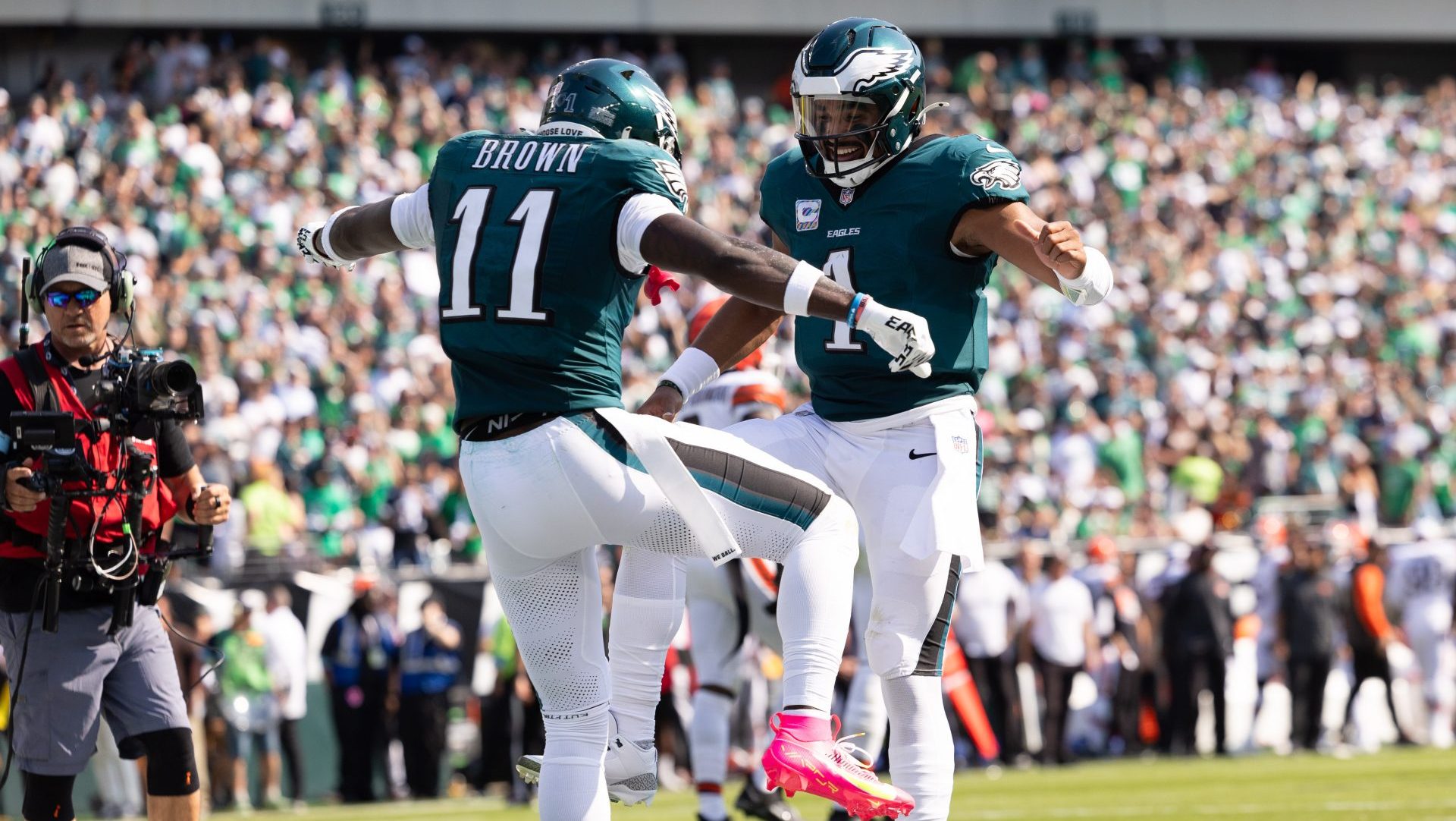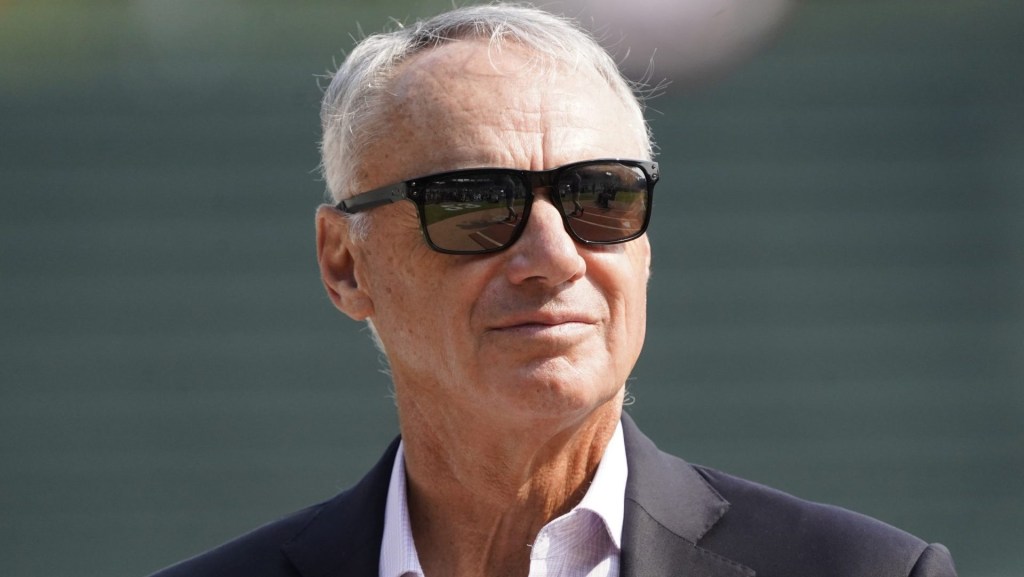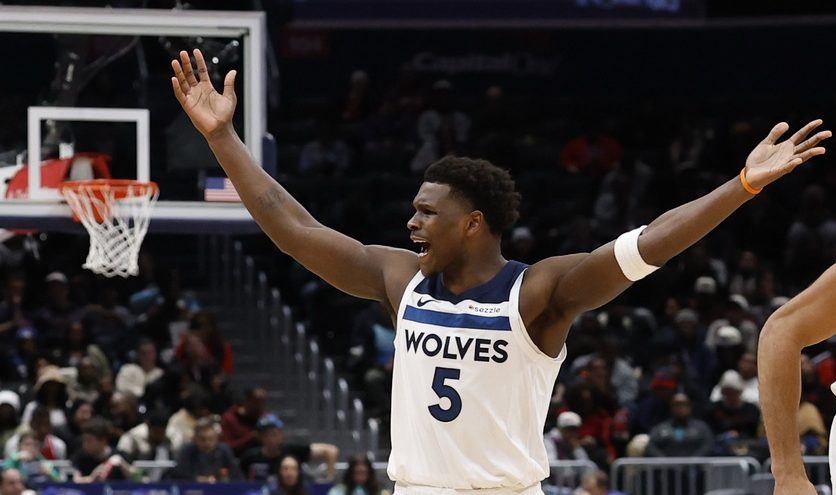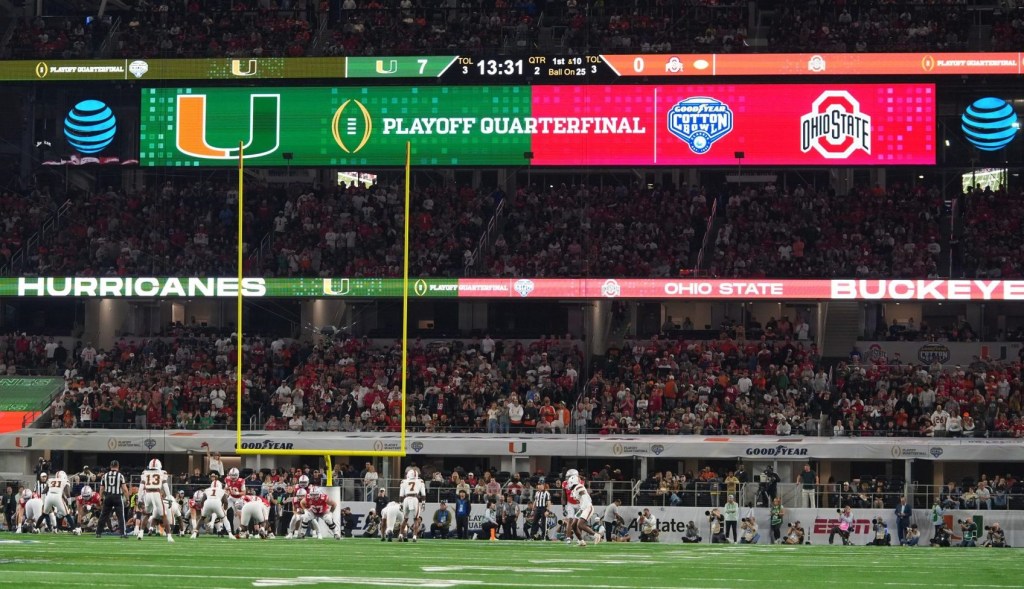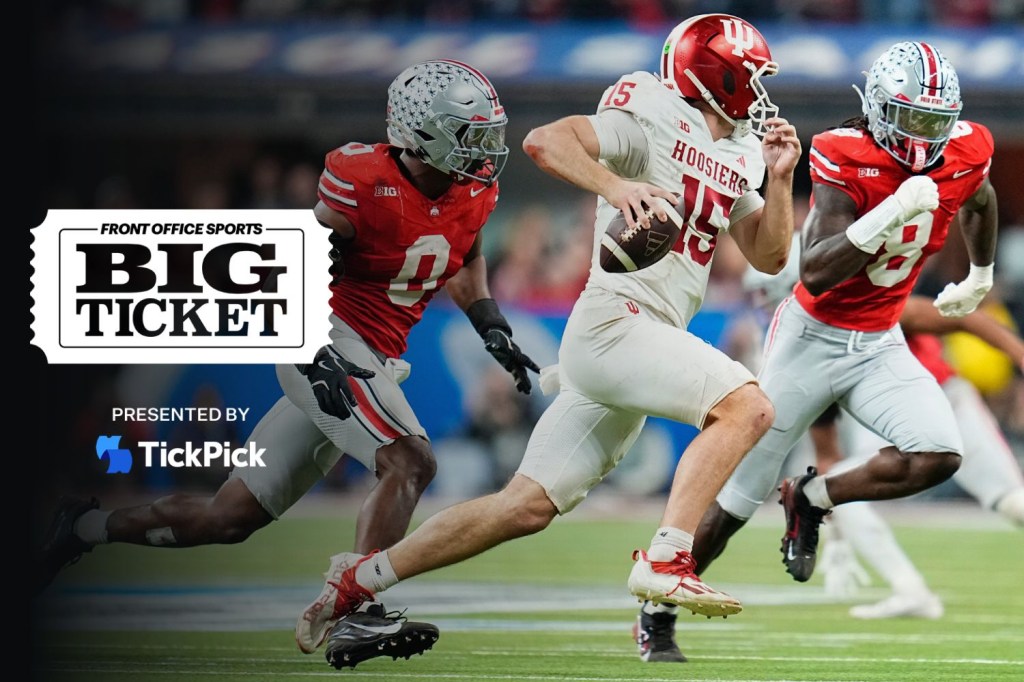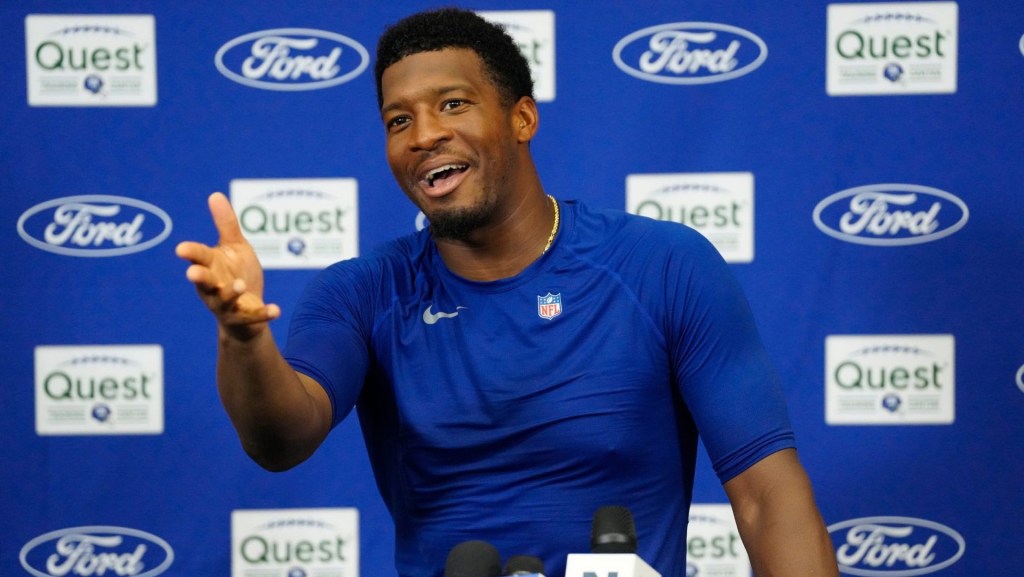In a big sports week led in part by the start of the 2025 season for the NFL, the most dominant source of programming across all of U.S. television, a new method for counting those broadcast audiences is also arriving en masse.
Beginning Tuesday, Nielsen will make Big Data + Panel, its newly expanded methodology for counting viewers, the official standard for audience measurement. In development for several years, the new system was formally accredited in January and is designed to provide a more holistic and accurate view of audience behaviors.
It’s also the latest change to how Nielsen operates, following the introduction of out-of-home measurement in 2020, and a subsequent expansion of that metric early this year. As expected, those prior shifts solidified sports as a critical driver for the entire TV industry—due in no small part to substantial group viewing of live games in settings such as bars, restaurants, hotels, and transit hubs.
An even larger impact is expected this time around, as Big Data + Panel brings in much more data into Nielsen’s measurements.
Here are five key questions surrounding Nielsen’s big change in how viewership is tabulated:
What exactly is Big Data + Panel?
This is Nielsen’s enlarged viewership measurement system that will bring in audience data from its traditional panel of about 42,000 homes, now supplemented by information from sources such as set-top boxes and internet-connected smart TVs, involving more than 45 million homes and 75 million devices. The new methodology will include linear and streaming platforms, and it will involve all major sports broadcasters.
As of Sept. 1, a new Nielsen policy went into effect in which all press claims by broadcasters, networks, and streamers will be based on Big Data + Panel figures.
“The panel already does a strong job, particularly in sports, but the volume of additional data now available makes this a lot more stable and robust,” Nielsen SVP Brian Fuhrer tells Front Office Sports.
Why does this matter?
Viewership data for any programming, and particularly live sports, is a crucial factor in setting advertising rates, and that advertising is the key way that networks recoup the billions of dollars in rights fees paid to license that content. As a result, more reliable—and higher—viewership data generally leads to greater ad revenue.
Sports programming is most affected as it is typically the most-watched content across the media business. In particular, the NFL last year claimed 70 of the 100 most-watched events in U.S. television last year, regardless of genre. That figure was down from 93 in 2023, due primarily to last year’s U.S. presidential election.
“Sports is the most important category we measure because, by and large, it’s the highest-value content out there,” Fuhrer says. “Advertisers are clearly very interested in it. It’s also the most complicated to measure, because unlike a lot of entertainment programming, it doesn’t have a set time [in game lengths].”
Beyond the base economics around advertising, a large degree of marketing and brand image are tied up in viewership figures, and if possible, projecting a narrative around growth. Fair or not, viewership is a key metric used in considering whether a team, league, or sport is on an upward spiral or a downward one.
What’s going to happen in sports because of this?
The general expectation is that live sports will see a general audience lift of 5% to 10%, but Nielsen certainly is not guaranteeing anything to anyone. Rather, the goal remains to provide a fuller picture of the market.
“These are the metrics that they’re using, we’re using, everybody’s using,” CBS Sports president and CEO David Berson said earlier this month in response to a FOS question about Big Data + Panel. “Let’s just hope it reflects [viewership] accurately, and that we keep setting records.”
Amazon provides an initial example of what the new format can provide. The online retail and streaming giant, an early adopter of Big Data + Panel, said its 2024 audience for Thursday Night Football with it amounted to an average viewership of 14.2 million, 8% higher than the traditional, panel-based audience count of 13.2 million.
For the NFL, the introduction of Big Data + Panel could help produce a lift of about 1 million additional viewers per game this season, following a 17% audience lift during the preseason.
“We want the most accurate measurement possible, and we want all the viewers of the league, but really across the board [in media], to be captured in measurement,” NFL VP of media analytics and reporting Adriane Berman tells FOS. “So we view [Big Data + Panel] as a good step in that direction.”
What else has Nielsen been doing with audience measurement?
Last winter, the agency also rolled out the expanded methodology for counting out-of-home audiences, which has similarly created meaningful audience lifts across live sports, including in Super Bowl LIX.
Nielsen is now covering 100% of the contiguous U.S. with its out-of-home analytics, up from a prior 66%, as harder-to-reach, rural areas have seen increased adoption of wearable devices in Nielsen’s persons panel.
The latest move with Big Data + Panel, however, is being cited as “a once-in-a-generation enhancement for the industry,” according to Nielsen CEO Karthik Rao.
Is there a downside to Big Data + Panel?
The biggest issue with the new system will likely center on the additional time required to collect the far larger set of data, and arrive at final viewership figures. In the NFL, for example, prior audience figures from Sunday games were often available by late Monday. That will now shift in most cases to late Tuesday or Wednesday because of Big Data + Panel. In the case of Amazon’s Thursday Night Football games, the delay could stretch as long as four days when also accounting for the weekends.
In certain situations, particularly around some big games, networks will make earlier viewership announcements citing “Nielsen Preliminary Data.” Final figures, however, will simply require more time than before, but there is a consensus that the more reliable data will be worth the wait.
“There’s going to be a bit of a lag, but I think everybody’s really leaned in and said, ‘Yeah, O.K., this is still going to be worthwhile,’” Fuhrer says. “Everybody’s on board with the new structure. It’s about using the right number at the right time.”
Similarly, Berman says the NFL has been in conversations with each of its rights holders throughout the offseason about recalibrating expectations about when viewership numbers are going to be ready.
“Based on the past, there’s been that expectation of immediate gratification of seeing numbers, good or bad,” Berman says. “So a lot of our conversations with broadcasters have been about being O.K. with this new timeline.”
